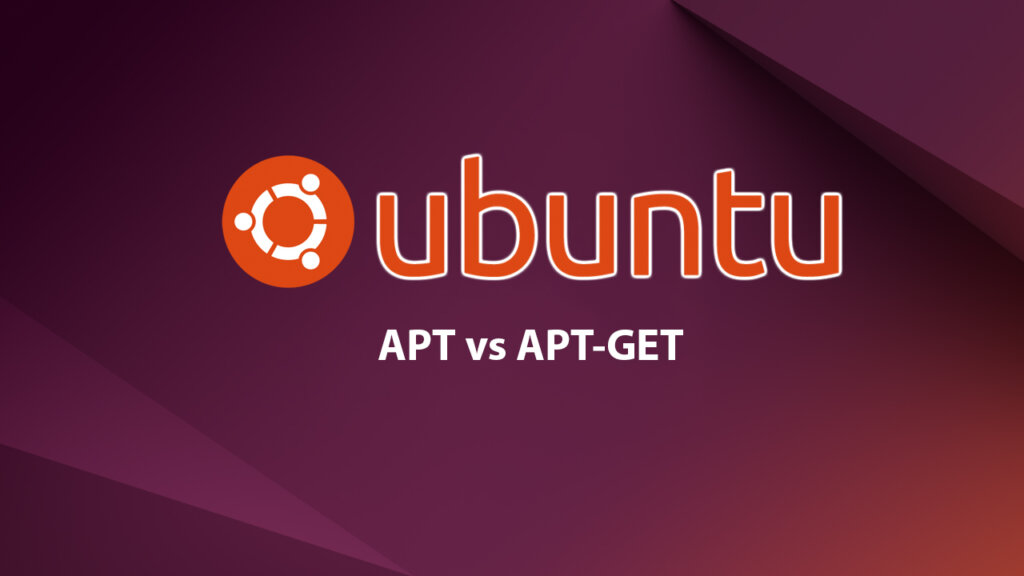Apt, which was introduced from Ubuntu 16.04, is a newer package management and update tool, faster and easier to use than Apt-get. Apt was designed to replace Apt-get, but Apt-get is still kept to support users using the older commands. Here, we will clearly explain and provide some specific examples of the differences between Apt and Apt-get.

The difference between apt and apt-get:
apt and apt-get are both package management tools for Debian-based operating systems, however there are a few main differences between these two tools:
1. History:
- apt-get: Was the default package management tool in older versions of Debian and Ubuntu.
- apt: Is the newer and more modern default package management tool, gradually replacing apt-get in newer versions of Debian and Ubuntu.
2. Features:
– apt: Provides more features than apt-get, including:
- Support for multiple repositories simultaneously.
- Better dependency conflict resolution.
- More efficient package download and installation.
- More detailed progress display.
– apt-get: Provides basic functionality for installing, removing, and updating packages.
3. Structure:
- apt: Uses a library-based structure, making it more flexible and extensible.
- apt-get: Uses a simpler monolithic structure.
4. Speed:
- apt: Is generally considered faster than apt-get.
Comparing the Capabilities of apt and apt-get
apt is a more modern package management tool that provides many features that apt-get lacks, including:
1. Multi-repository Support:
- apt can manage multiple repositories simultaneously, allowing you to easily find and install software from various sources.
- apt-get can only work with one repository at a time.
2. Better Dependency Conflict Resolution:
- apt uses advanced algorithms to resolve dependency conflicts, helping ensure your system remains stable after installing or removing software.
- apt-get may struggle with resolving complex dependency conflicts, leading to system errors.
3. More Efficient Package Download and Installation:
- apt uses parallel downloading and data compression techniques to speed up package download and installation.
- apt-get is slower than apt and does not utilize data compression techniques.
4. More Detailed Progress Display:
- apt provides detailed information about the package download, installation, and removal process, allowing you to easily monitor its activity.
- apt-get displays less detailed information than apt, making it harder to track the process.
5. Advanced Feature Support:
- apt supports advanced features like pre-installing packages, simulating installs and removals, and managing package versions.
- apt-get does not support these advanced features.
Real-world Examples of APT vs APT-GET
To install Wine 32-bit on a 64-bit system, it requires many other 32-bit dependency packages.
- apt-get may fail to resolve the conflicts with the missing 32-bit packages and fail to install.
- APT will automatically enable the 32-bit repository, download and install all required 32-bit dependencies, and then successfully install Wine 32-bit.
Thanks to its more advanced ability to analyze and resolve complex dependency trees, APT simplifies cross-platform installation and ensures system stability.
Note: apt-get is still available in Debian and Ubuntu versions, but it is not recommended for new usage. You can refer to the official documentation for apt here.
Should you use APT or APT-GET?
Overall, apt is a more powerful and flexible package management tool than apt-get. It provides more features, is more efficient, and easier to use. Therefore, it is recommended to use apt instead of apt-get for package management tasks on Debian-based operating systems.










Great article, I learned a lot of new things